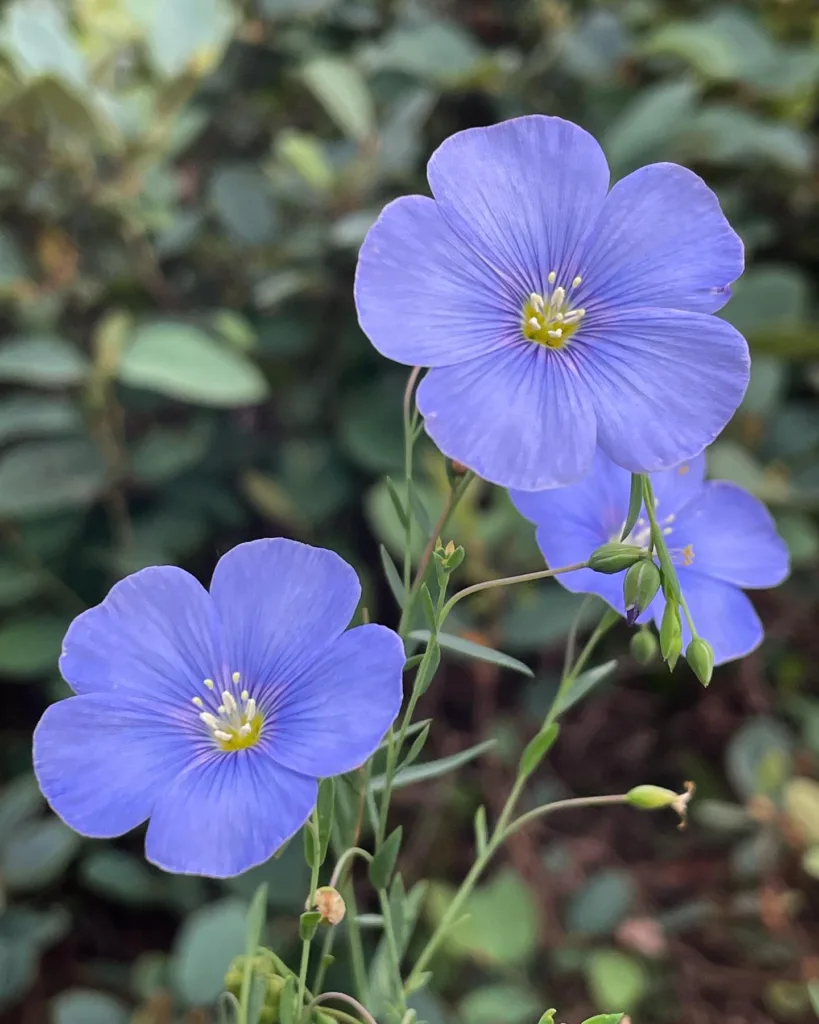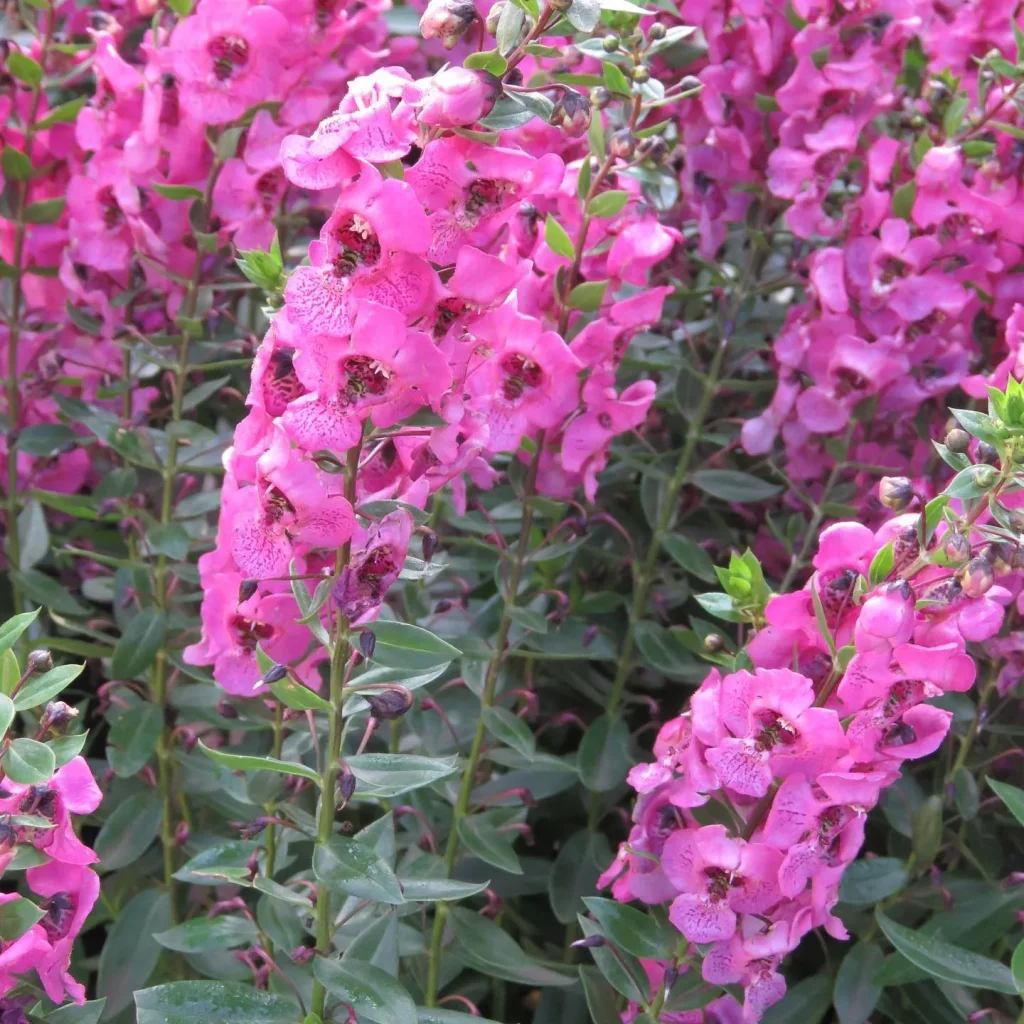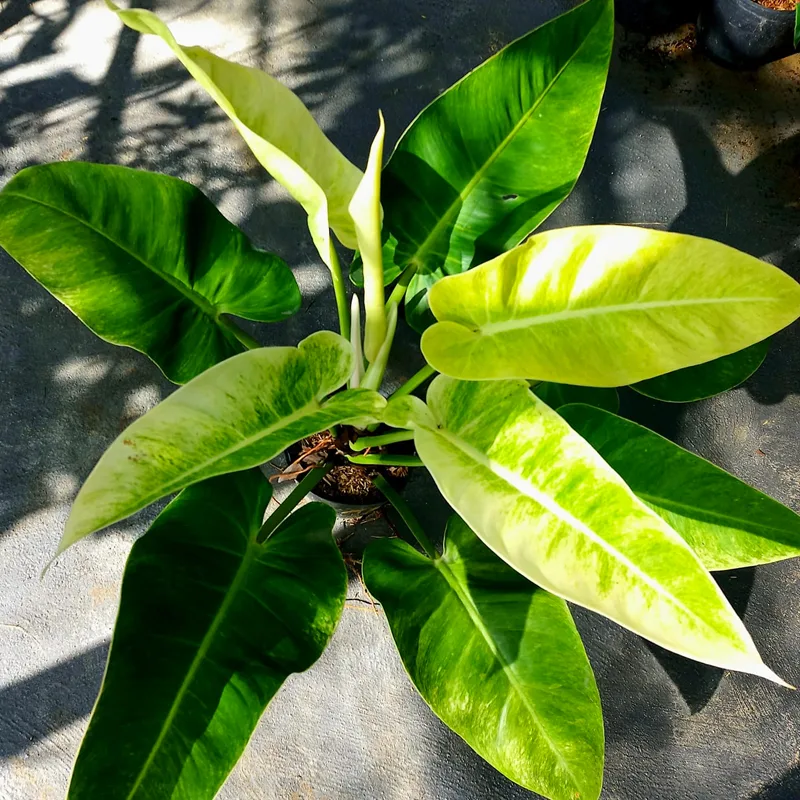My Fascination with Stellaria (Starwort)
As a botanist, I’ve always been drawn to the subtle beauty and quiet resilience of the plant genus Stellaria. These delicate plants, often overlooked amidst showier blooms, possess a charm that captivates those who take the time to truly observe them. Known commonly as starworts or chickweeds, they belong to the Caryophyllaceae family, which also includes carnations and pinks. But unlike their flamboyant relatives, Stellaria species exude a simple elegance, their small, star-shaped flowers a testament to the understated beauty of nature.
My interest in Stellaria began in my childhood. I recall spending countless hours exploring the meadows and woodlands near my home, fascinated by the diversity of plant life that thrived there. Amongst the grasses and wildflowers, I often encountered patches of delicate white flowers, their petals so deeply cleft that they appeared to be ten instead of five. These, I later learned, were Stellaria plants, their star-like blooms giving rise to their common name.
Over the years, my fascination with Stellaria has only deepened. I’ve come to appreciate not only their aesthetic appeal but also their ecological importance and potential uses. Some species, like Stellaria media (common chickweed), are edible and have been used for centuries as a food source and in traditional medicine. Others, like Stellaria holostea (greater stitchwort), are important components of woodland ecosystems, providing food and habitat for various insects and animals.
A Diverse Genus
The genus Stellaria is surprisingly diverse, encompassing around 170 species distributed across the globe. These plants exhibit a remarkable adaptability, thriving in a variety of habitats, from woodlands and meadows to mountains and coastal areas:
- Stellaria abaensis H.F.Xu & Z.H.Ma
- Stellaria × adulterina Focke
- Stellaria alaschanica Y.Z.Zhao
- Stellaria alaskana Hultén
- Stellaria × alpestris (Hartm.) Hartm.
- Stellaria alsine Grimm
- Stellaria alsinoides Boiss. & Buhse
- Stellaria altimontana N.S.Pavlova
- Stellaria × ambigua Bég.
- Stellaria amplexicaulis (Hand.-Mazz.) Huan C.Wang & Feng Yang
- Stellaria anagalloides Rupr.
- Stellaria angarae Popov
- Stellaria angustifolia Hook.
- Stellaria antillana Urb.
- Stellaria apetala Ucria
- Stellaria aphanantha Griseb.
- Stellaria aphananthoidea Muschl.
- Stellaria aquatica (L.) Scop.
- Stellaria arenarioides Shi L.Chen, Rabeler & Turland
- Stellaria arvalis Fenzl ex F.Phil.
- Stellaria assadii Mahdavi
- Stellaria australis Zoll. & Moritzi
- Stellaria bayanensis L.Q.Zhao & Y.Z.Zhao
- Stellaria bistyla Y.Z.Zhao
- Stellaria borealis Bigelow
- Stellaria brachypetala Bunge
- Stellaria bungeana Fenzl
- Stellaria calycantha (Ledeb.) Bong.
- Stellaria celsa Ravenna
- Stellaria chilensis Pedersen
- Stellaria chinensis Regel
- Stellaria circinata Ravenna
- Stellaria concinna Ravenna
- Stellaria congestiflora H.Hara
- Stellaria corei Shinners
- Stellaria crassifolia Ehrh.
- Stellaria crispa Cham. & Schltdl.
- Stellaria cryptantha (Mattf.) M.T.Sharples & E.A.Tripp
- Stellaria cryptopetala Griseb.
- Stellaria cuonaensis L.H.Zhou
- Stellaria cupaniana (Jord. & Fourr.) Bég.
- Stellaria cuspidata Willd. ex D.F.K.Schltdl.
- Stellaria darvasievii Kamelin
- Stellaria davurica D.F.K.Schltdl.
- Stellaria debilis d’Urv.
- Stellaria decipiens Hook.f.
- Stellaria decumbens Edgew.
- Stellaria delavayi Franch.
- Stellaria depauperata Edgew.
- Stellaria depressa Em.Schmid
- Stellaria dianthifolia F.N.Williams
- Stellaria dicranoides (Cham. & Schltdl.) Fenzl
- Stellaria discolor Turcz.
- Stellaria edwardsii R.Br.
- Stellaria emirnensis Danguy
- Stellaria erlangeriana Engl.
- Stellaria eschscholtziana Fenzl
- Stellaria fennica (Murb.) Perfil.
- Stellaria fenzlii Regel
- Stellaria filicaulis Makino
- Stellaria filiformis (Benth.) Mattf.
- Stellaria fischeriana Ser.
- Stellaria flaccida Hook.
- Stellaria × glauciformis Bouvet
- Stellaria gracilenta Hook.f.
- Stellaria graminea L.
- Stellaria gyangtsensis F.N.Williams
- Stellaria gyirongensis L.H.Zhou
- Stellaria hebecalyx Fenzl
- Stellaria henryi F.N.Williams
- Stellaria hibinoi Seriz.
- Stellaria hintoniorum B.L.Turner
- Stellaria humifusa Rottb.
- Stellaria × hybrida Rouy & Foucaud
- Stellaria imbricata Bunge
- Stellaria infracta Maxim.
- Stellaria inundata Vorosch.
- Stellaria irazuensis Donn.Sm.
- Stellaria irrigua Bunge
- Stellaria jacutica Schischk.
- Stellaria koelzii Rech.f.
- Stellaria kolymensis A.P.Khokhr.
- Stellaria krylovii N.V.Vlassova & Artemov
- Stellaria laeta Richardson
- Stellaria lanata Hook.f.
- Stellaria × lancifolia Kom.
- Stellaria lanipes C.Y.Wu & H.Chuang
- Stellaria laxmannii Fisch. ex Ser.
- Stellaria leptoclada (Benth.) C.H.Mill. & J.G.West
- Stellaria littoralis Torr.
- Stellaria longifolia Muhl. ex Willd.
- Stellaria longipes Goldie
- Stellaria mainlingensis L.H.Zhou
- Stellaria mannii Hook.f.
- Stellaria media (L.) Vill.
- Stellaria merzbacheri Kozhevn.
- Stellaria miahuatlana B.L.Turner
- Stellaria minuta Kirk
- Stellaria montioides (Edgew. & Hook.f.) Ghaz.
- Stellaria motuoensis Meng Li & Y.F.Song
- Stellaria multiflora Hook.
- Stellaria multipartita Bo Xu & Meng Li
- Stellaria neglecta (Lej.) Weihe
- Stellaria nemorum L.
- Stellaria nepalensis Majumdar & Vartak
- Stellaria nipponica Ohwi
- Stellaria nitens Nutt.
- Stellaria nubigena Standl.
- Stellaria omeiensis C.Y.Wu & Tsui ex P.Ke
- Stellaria ovata Willd. ex D.F.K.Schltdl.
- Stellaria oxycoccoides Kom.
- Stellaria palustris Ehrh. ex Hoffm.
- Stellaria papillata C.H.Mill. & J.G.West
- Stellaria parviflora Banks & Sol. ex Hook.f.
- Stellaria parviumbellata Y.Z.Zhao
- Stellaria patens D.Don
- Stellaria pauciflora Zoll. & Moritzi
- Stellaria pedersenii Volponi
- Stellaria peduncularis Bunge
- Stellaria pentastyla W.Qiao Wang, H.F.Xu & Z.H.Ma
- Stellaria persica Boiss.
- Stellaria petiolaris Hand.-Mazz.
- Stellaria pilosoides Shi L.Chen, Rabeler & Turland
- Stellaria pinvalliaca Chandra Sek. & S.K.Srivast.
- Stellaria polyantha (Edgew. & Hook.f.) M.T.Sharples & E.A.Tripp
- Stellaria porsildii C.C.Chinnappa
- Stellaria procumbens Huan C.Wang & Feng Yang
- Stellaria pterosperma Ohwi
- Stellaria pubera Michx.
- Stellaria pulvinata Grubov
- Stellaria pungens Brongn.
- Stellaria pusilla Em.Schmid
- Stellaria radians L.
- Stellaria recurvata Willd. ex D.F.K.Schltdl.
- Stellaria reticulivena Hayata
- Stellaria rigida Bunge
- Stellaria roughii Hook.f.
- Stellaria ruderalis M.Lepší, P.Lepší, Z.Kaplan & P.Koutecký
- Stellaria ruscifolia D.F.K.Schltdl.
- Stellaria salicifolia Tsui & P.Ke
- Stellaria sanjuanensis M.T.Sharples & E.A.Tripp
- Stellaria sarcophylla Rech.f.
- Stellaria schischkinii Peschkova
- Stellaria semivestita Edgew.
- Stellaria sennii Chiov.
- Stellaria serpens Ravenna
- Stellaria sessiliflora Y.Yabe
- Stellaria sibirica (Regel & Tiling) Schischk.
- Stellaria sikaramensis Rech.f.
- Stellaria sikkimensis Hook.f.
- Stellaria sitchana Steud.
- Stellaria soongorica Roshev.
- Stellaria souliei F.N.Williams
- Stellaria strongylosepala Hand.-Mazz.
- Stellaria taiwanensis S.S.Ying
- Stellaria tetrasticha (Mattf.) M.T.Sharples & E.A.Tripp
- Stellaria tibetica Kurz
- Stellaria uchiyamana Makino
- Stellaria uda F.N.Williams
- Stellaria undulata Thunb.
- Stellaria venezuelana Steyerm.
- Stellaria vestita Kurz
- Stellaria viridifolia (A.P.Khokhr.) A.P.Khokhr.
- Stellaria wallichiana Haines
- Stellaria weddellii Pedersen
- Stellaria williamsiana Kozhevn.
- Stellaria winkleri (Briq.) Schischk.
- Stellaria yinshanensis L.Q.Zhao & Y.Z.Zhao
- Stellaria yungasensis (Rusby) Rusby ex Volponi
- Stellaria yunnanensis Franch.
- Stellaria zangnanensis L.H.Zhou
- Stellaria zhuxiensis Q.L.Gan & X.W.Li
The Importance of Stellaria
While often overlooked, Stellaria plants play a vital role in their respective ecosystems. They serve as a food source for various insects and animals, including caterpillars, birds, and small mammals. Their flowers provide nectar for pollinators, and their seeds help to disperse the plants to new areas.
In addition to their ecological importance, Stellaria species have also been used by humans for centuries. Common chickweed, in particular, has a long history of use as a food source and herbal remedy. It is a good source of vitamins and minerals and can be eaten raw in salads or cooked as a potherb. In traditional medicine, chickweed has been used to treat a variety of ailments, including skin irritations, respiratory problems, and digestive issues.
Looking Ahead
As a botanist, I believe that Stellaria plants deserve more attention and appreciation. They are not only beautiful and ecologically important but also have the potential to provide us with food and medicine. I am excited to continue my research on this fascinating genus, exploring its diversity, ecological roles, and potential uses. I believe that Stellaria holds many secrets waiting to be uncovered, and I am eager to contribute to our understanding of these remarkable plants.
If i die, water my plants!



